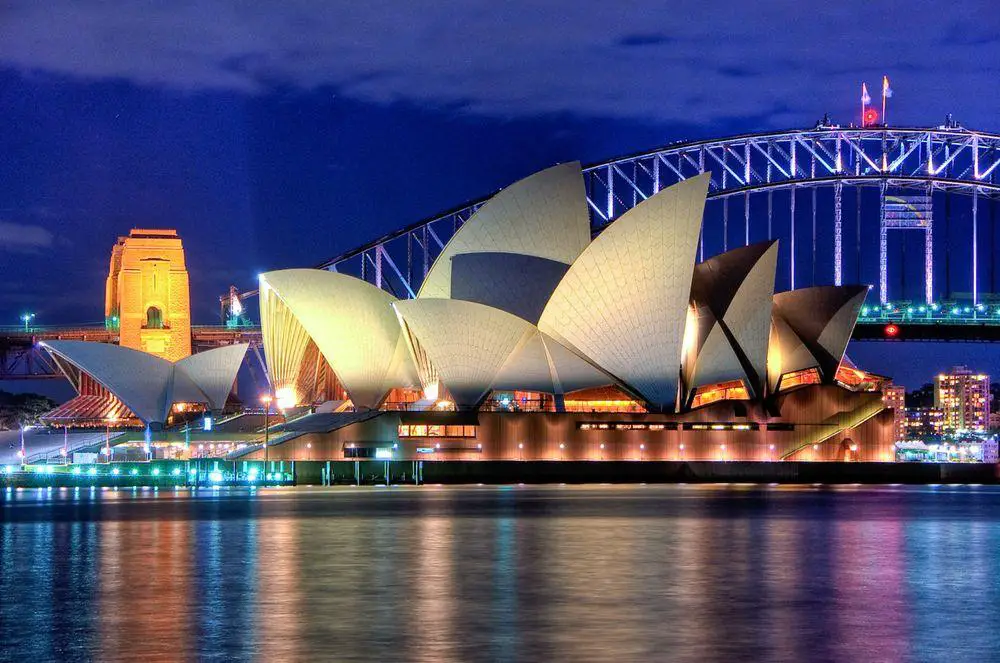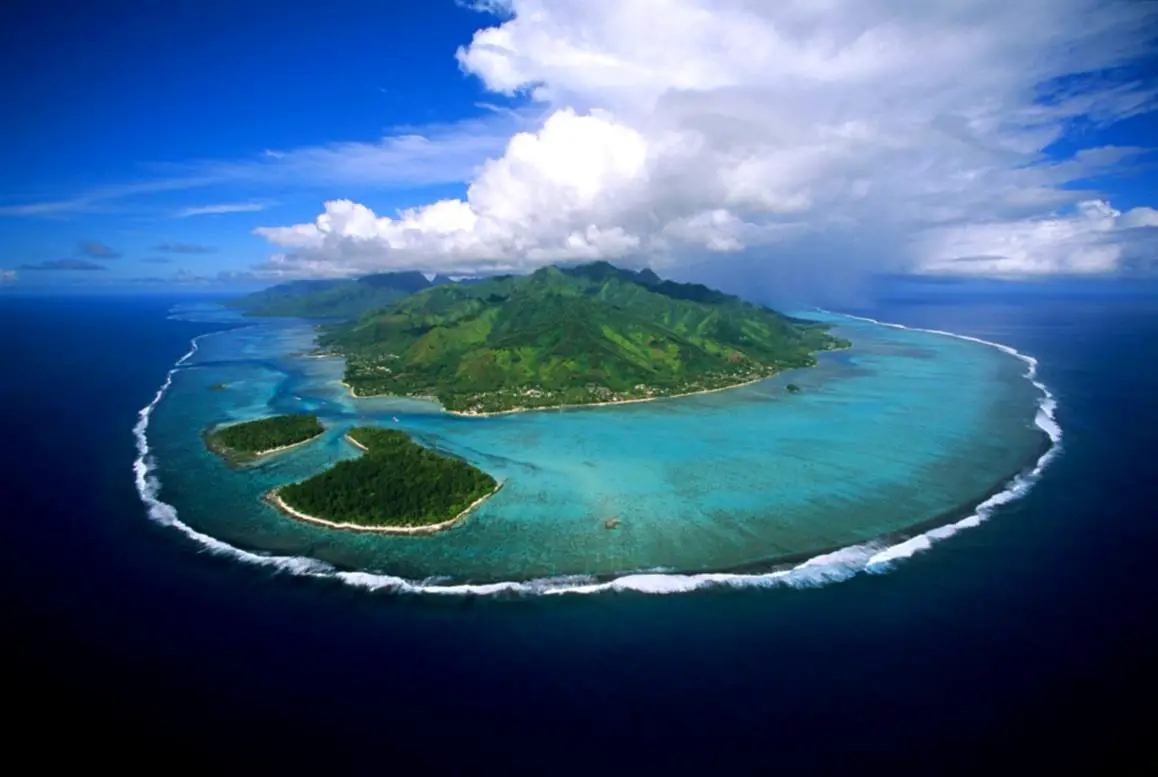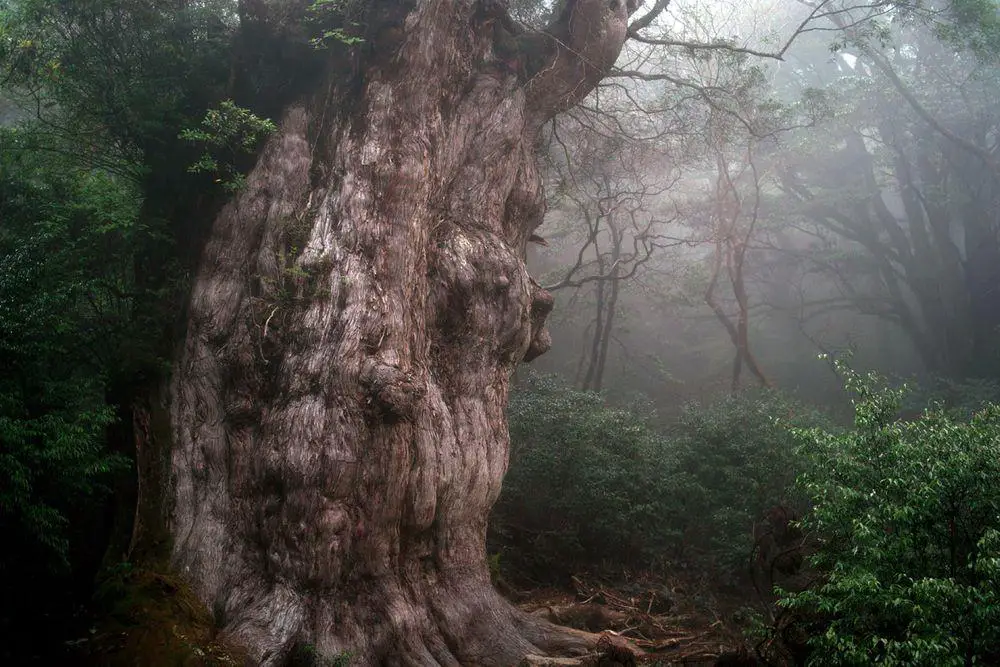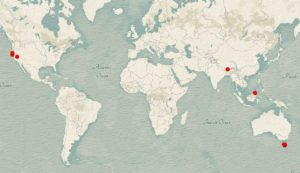World 🢖 Australia and Oceania 🢖 Australia 🢖 Tasmania
Wonder
The highest Tasmanian blue gum – lucky survivor
 In short
In short
The highest known Tasmanian blue gum – Neeminah Loggorale Meena – currently is almost enclosed by clearcut (look at Google Earth map). Happily in this case nature conservation laws managed to save this tree from cutting – Forestry Tasmania follows the rule that trees above 85 m height are spared from cutting (if they are discovered before this).
 41.3%
41.3%
GPS coordinates
Location, address
Alternate name
Species
Height
Diameter
Circumference
Volume
Map of the site
If you see this after your page is loaded completely, leafletJS files are missing.
 In detail
In detail
Tasmanian blue gum is a popular plantation tree as it is well suited for the Mediterranean climate and also tropics, it grows fast and serves as a good material for pulp and eucalypt oil. The current record holder is lower than the tallest known trees of this species – there have existed up to 101 m tall Tasmanian blue gums.
The name of the tree – Neeminah Loggorale Meena – means "Mother and daughter" and has been given by Aboriginal students of St.James College, Sydney. In fact, Tasmania’s Aboriginal community has expressed against Forestry Tasmania about the use of Aboriginal language for the names of champion trees. They see it as a method to create a more positive public image of the forestry sector which is much blamed for cutting the absolutely unique forest of Tasmania.
Wondermondo also wonders… after all Australia seems to be a rich country. Is Australia in such a desperate need that some of the most magnificent natural forests in the world should be cut?
There is information about 92.3 m tall tree named Metakareta in Styx River Valley (2)
References
- Giant Trees. Tasmania’s world class giants. Accessed 19.12.10, not available anymore.
- Herrmann, Walter. Vulnerability of Tasmanian Giant Trees. Australian Forestry Volume 69 Issue 4 (Dec 2006).
The highest Tasmanian blue gum is included in the following list:
 Linked articles
Linked articles

Wonders of Australia
The enormous and diverse area of Australia contains countless amazing and unique monuments. Parts of the country have not been thoroughly investigated and sometimes there are reported new, surprising finds.

Wonders of Australia and Oceania
The word “exotic” definitely refers to Australia and Oceania. Here are located many unique and mysterious landmarks, many places here deserve to be called – “One of the most beautiful places in the world”.

Trees
The category includes some of the most impressive and interesting separate trees in the world. The total number of tree species in the world still is a wild guess – maybe 10,000 and maybe 100,000 but most likely somewhere in between. Every month there are reported new tree species from the whole world, including Western Europe.
 Recommended books
Recommended books
Eucalypt Ecology: Individuals to Ecosystems
Eucalypts make up a remarkable genus as the dominant trees of Australia. This authoritative volume provides current reviews by active researchers in many disciplines, including evolutionary history, genetics, distribution and modeling, the relationship of eucalypts to fire and nutrients, ecophysiology, pollination and reproductive ecology, interactions between eucalypts and other coexisting biotas as well as conservation and management.
In Tasmania
The settlement of Tasmania by Europeans began two hundred years ago. Nicholas Shakespeare first went there, having heard of the island’s exceptional beauty, because it was famously remote. He soon decided that this was where he wanted to live. Only later did he discover a cache of letters written by an ancestor as corrupt as he was colorful: Anthony Fenn Kemp, the so-called Father of Tasmania.



